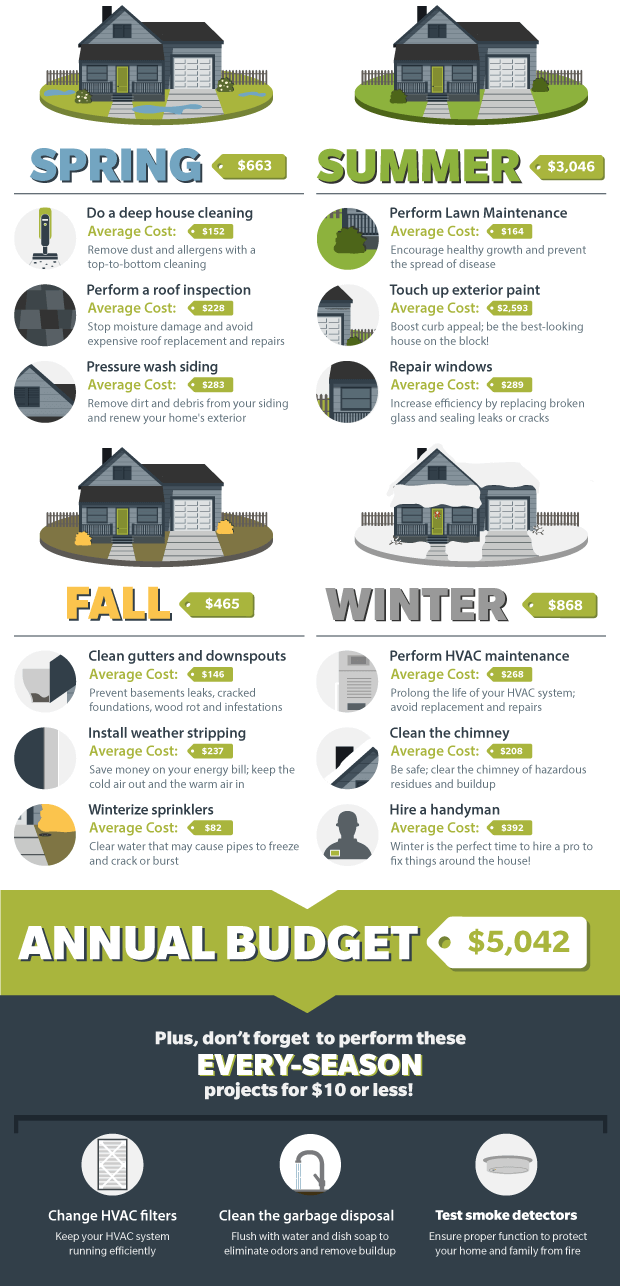The Function Of Weather In Roofing Installation: Choosing The Right Seasons And Issues For Success
The Function Of Weather In Roofing Installation: Choosing The Right Seasons And Issues For Success
Blog Article
Web Content Create By-Figueroa Mouritzen
When it concerns roof installations, the weather condition can make or break the work. Think of the irritation of managing products that won't cooperate as a result of extreme heat or fighting slippery surfaces brought on by unanticipated rain. Comprehending the influence of weather on your roof covering task is essential for an effective end result. So, allow's discover just how various climate components can influence the high quality and durability of your roofing system installment, making certain a work well done.
Influence of Temperature on Roof Covering Setup
When it concerns roof installment, temperature plays a vital duty while doing so. The ideal temperature for roof covering tasks typically drops between 45 and 85 degrees Fahrenheit. Extreme warmth can cause products like roof shingles to come to be as well flexible, resulting in prospective damage throughout installment. On the other hand, cool temperature levels can make materials brittle and susceptible to fracturing. It is essential to arrange roofing system installations throughout moderate temperatures to guarantee the best outcome.
During colder weather condition, contractors may need to take additional safety measures such as making use of heated tools or permitting materials to warm up before installation.
In contrast, heat might need work to be done earlier or later in the day to stay clear of the peak temperatures. By taking into consideration the temperature level and its impacts on roof covering materials, you can aid ensure an effective installation that will endure the elements for several years to come.
Effect of Precipitation on Roofing Projects
Roofing jobs can be dramatically influenced by rainfall, influencing both the timeline and the high quality of the installment. https://cashfyqjc.blog-a-story.com/10006316/launch-your-course-to-guarding-your-home-by-acquiring-the-knowledge-necessary-to-execute-an-extensive-roofing-inspection-which-is-crucial-for-preventing-expensive-repairs or snow can develop unsafe conditions, making it harmful for contractors to service a wet surface area. Furthermore, https://electrek.co/2020/10/21/tesla-claims-solar-roof-install-accelerates-solar-power-deployment/ can compromise the adhesion of materials like roof shingles or underlayment, resulting in prospective leaks or damages in the future.
If it rainfalls during a roof task, the water can leak into prone locations, triggering delays as the installation team should wait on the roof covering to completely dry prior to continuing. Excessive moisture can likewise advertise the development of mold and mildew and mildew, additional endangering the honesty of the roof.
To stay clear of these problems, it's advised to arrange roofing tasks throughout drier seasons or check the weather forecast carefully to intend about any kind of possible rainstorms. By taking safety measures to operate in desirable climate condition, you can guarantee a smoother and a lot more successful roof installment procedure.
Impact of Wind Speed on Installment Success
Throughout roof covering installment, the speed of the wind plays a critical duty in determining the success of the job. High wind rates can present significant difficulties to roofing professionals, potentially bring about safety risks and top quality problems. When wind rates surpass suggested limits, it comes to be challenging to deal with products, enhancing the danger of accidents and damage to the roof covering products. Strong gusts can also affect the precision of measurements and the precision required for proper installation.
To ensure a successful roofing system installment, it's essential to monitor and think about wind speeds. Ideally, roofing system installation need to happen on days with reduced to modest wind speeds. This not only boosts the safety of the employees yet additionally improves the general quality of the installment.
Roofing jobs arranged throughout tranquil weather conditions are more probable to be finished effectively and with fewer errors. By taking notice of wind speed projections and planning accordingly, you can help ensure a smooth and effective roofing setup procedure.
Final thought
So, when it concerns roof covering setup, keep in mind to think about the climate condition to guarantee a successful job. Optimal temperature levels, completely dry problems, and modest wind speeds are essential aspects to focus on for a smooth installation procedure. By arranging your job during the very best periods and optimal weather, you can attain a resilient and long-lasting roofing system that will shield your home for many years to come.
